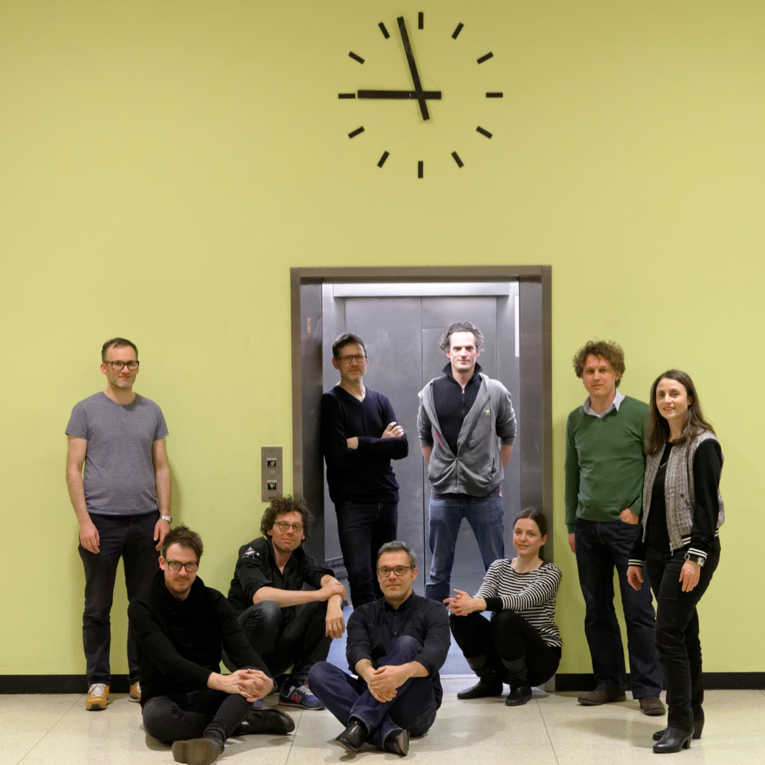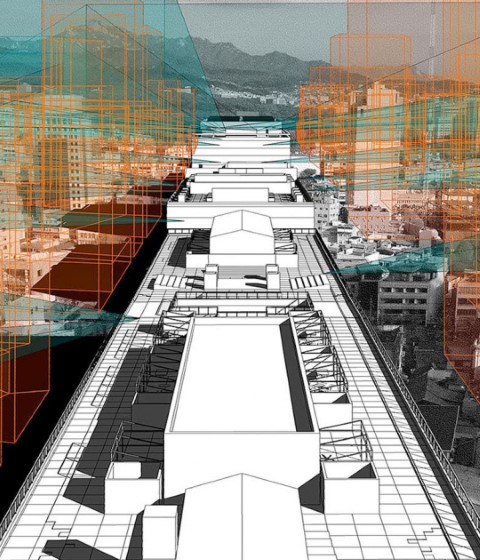Anyang has designated 29 redevelopment zones and one New Town development zone. The total number of inhabitants living in all of these zones is 160,499 - more than 1/4 of the entire population of the city. With the population of 60,525 residents, the Manan New Town is the largest one. Anyang 7th District, with 13,142 residents, will be totally demolished, starting from the end of this year, and replaced with 30 hi-rise apartment buildings. Resettlement of original inhabitants on the redeveloped areas has historically been only 20% or less in Korea. This means that most current residents will be pushed out and new people will move in. The result is extreme fragmentation of all established communities in Korea, exploding them and scattering the residents everywhere, while at the same time, gathering people from anywhere to make instant communities in the new developments. Increasingly Koreans are becoming a society of floating populations, physically disconnected from the land, constantly moving from one place to another. Are then cities made of just one layer, inscribing only one culture at a time? And is history no longer continuous, severed into a series of expiring segments, destined to be erased and be replaced by another history? Cities as sediments of different lives and stories that interlock into narratives of continuity, then, are forever lost in Korea? And does the violent passing from destruction to construction of communities and cities echo the metaphysics of Korean culture, or is this simply the work of capitalism that thrives on the movement of capital and the production, from the zones of economic declines to the zones of economic profits? Capitalism moves, and so do Koreans. Korean cities are just temporary, and Korean society is becoming nomadic again. Source: APAP 2010.
Memory of project
OpenHouse is a vertical village. Individual house units stacked up to from an assembly. This architectural structure is an urban prototype to support public usage of public spaces.
Invited for the public art festival APAP 2010 in Anyang, South Korea we were asked to design, build and program the center for the festival with the purpose of initiating a process between international and local artists as well as the citizens, to discuss the issues of community against the background of rapid urban redevelopments.
The design of openHouse was based on subjective urban studies and is thus, spatially and socially intertwined with the existing urban landscape.
Our research was based on walks, subjective discovering, various talks, interviews, workshops, little events as well as on propositions and manipulations.
Our experiences and observations are influencing directly the architecture and functions of openHouse.
The citizens as its future users were involved in the design, programming and construction. During this summer more than 200 people were involved in our public Building Workshop. We built houses together, including its furnishings, various pieces of furniture, from children's stools to drafting tables, as well as stencils for a variety of signs. We inaugurated the completed houses, the bar, the Tea Bang and our Real Estate Planning Office, where we developed and collected ideas for future individual and collective uses of Open House.
The multiple programmed housing spaces combine individual desires with functions for public uses, including an information kiosk, business center, bicycle rental, children’s pavilion, recycling workshop, green house, bar, tea house and exhibition spaces. Open House also proposes a vertical community farm in which to cultivate vegetables, hundreds of plants that have been cultivated by residents of Anyang (Mobile Planting Station in cooperation with Marjetica Potrc), and breed rabbits.
It consists of 20 house units located on 7 platforms around a 17m high tower (a steel frame structure built by a construction company).
OpenHouse is a social sculpture, and a new kind of social collective space for public activities of its main users, the residents. OpenHouse is permanent temporary. It´s a self-learning laboratory, constantly in creation and transformation.
Text.- Raumlabor.
CREDITS.-
Architects.- Matthias Rick, Jia Gu, Florian Stirnemann, Marius Busch, Benjamin Frick.
Collaborators.- Collective Terrain (Seoul), Pregram (Seoul), Mr. Lee and the citizens of Anyang.










































